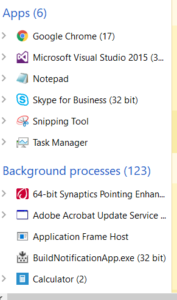Akkalkot:
Akkalkot was the home to Shri Swami Samarth Maharaj, a 19th-century saint who is believed by his devotees to be an incarnation of Lord Dattatreya..
Tuljapur:
Tuljabhavani Temple is a Hindu temple dedicated to the goddess Bhavani. It is located in Tuljapur in Osmanabad district of Maharashtra and is considered as one of the 51 Shakti Pithas.
Pandarpur:
The Pandharpur temple was built in the middle of the thirteenth century by King Visnuvardhana of the Hoysala dynasty.
The Vithoba Temple, Pandharpur, officially known as Shri Vitthal-Rukmini Mandir. There is also a small temple of Shri. Vitthal-Rukmini, which is as old as the main Vitthal-Rukmini Mandir, in Isbavi area of Pandharpur known as Wakhari Va Korti Devalayas and also known as Visava mandir, the Hindu temples in Pandharpur in the Indian state of Maharashtra.
Duration Of Stay:
Min: 4 hrs. enough to visit Akkalkot place.
Max: 1 day
Min:2- 4 hrs enough to visit Tuljapur temple
Max : 1day
Min: 2- 4 hrs enough to visit Pandarpur temple
Max: 1 day
Route and time taken to reach Akkalkot:
It takes 4.5 -5 hrs to reach from Akkalkot from Pune.
How to reach Akkalkot
From Pune
Drive up to Hadapsar
Take Solapur highway
Reach Solapur.
From Solapur, take road to Akkalkot.
Map:
Spots to visit:
-Tuljapur Temple
-Akkalkot Temple
-Pandarpur Temple
-Siddheshar temple (solapur)
Last month I got an opportunity to plan a trip to 3 of the well-known pilgrimage places in Maharashtra.
We planned our trip from Pune. To make it easy and less hectic we started the journey on Thursday around 5 PM. I normally travel to Tuljapur on weekends but since last few years I have seen that there is huge crowd to any tourist place, so this time planned it for week days.
How was the plan:
Pune- Start on Thursday 5 PM
Akkalkot – Reach akkalkot via Pune Solapur highway. It takes around 3.5 – 4 hrs to reach Solapur and from there it takes 45 minutes to reach Akkalkot(Stay)
Tuljapur – Reach Tuljapur via Nuldurge road.
Solapur – Reach Solapur via Tuljapur Solapur road.
Bale – 5 kms from Solapur
Pandarpur – via Mohal
Pune – Via Phaltan
Toll till solapur on Solapur highway:
5 tolls – 290/-







